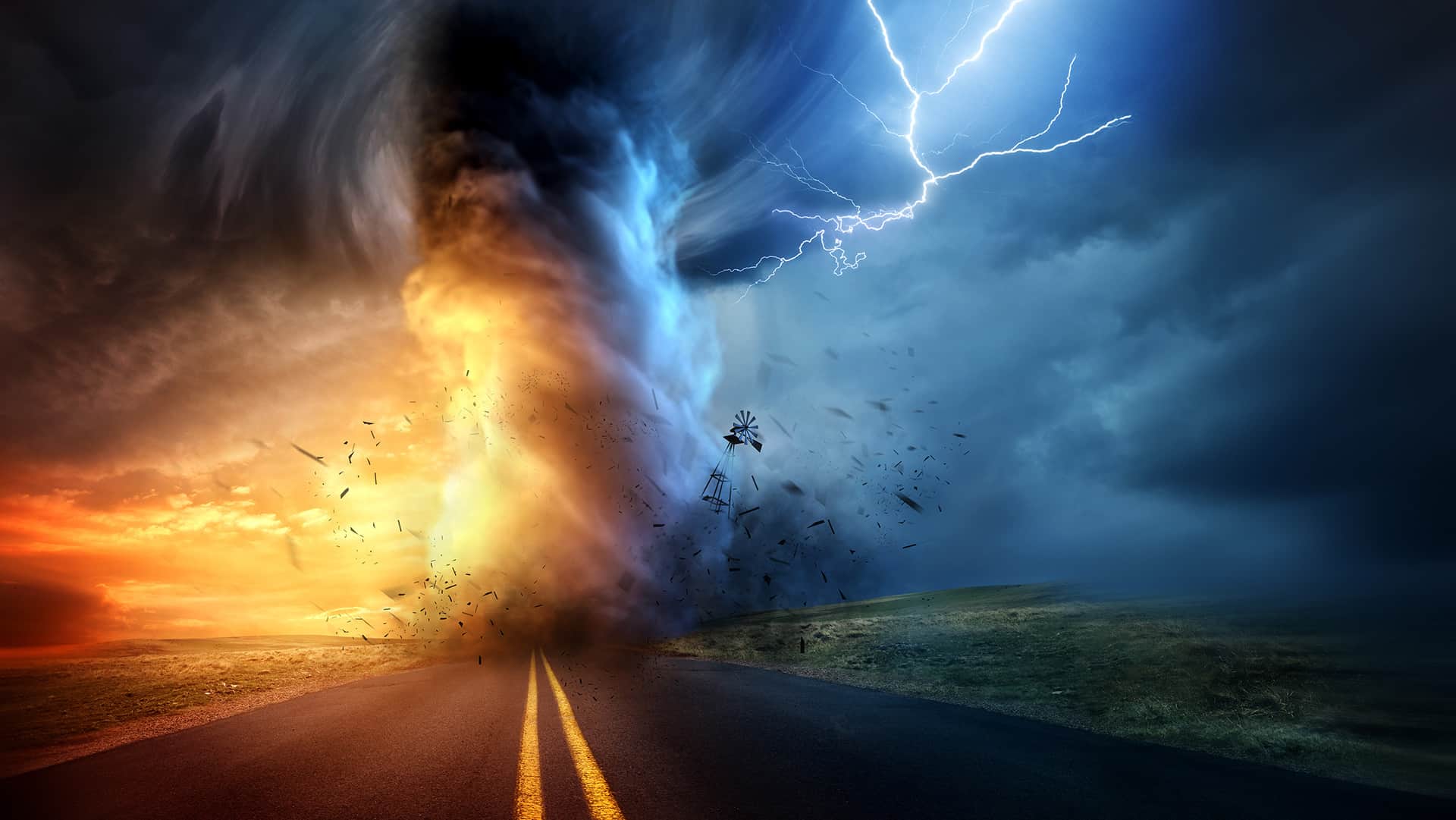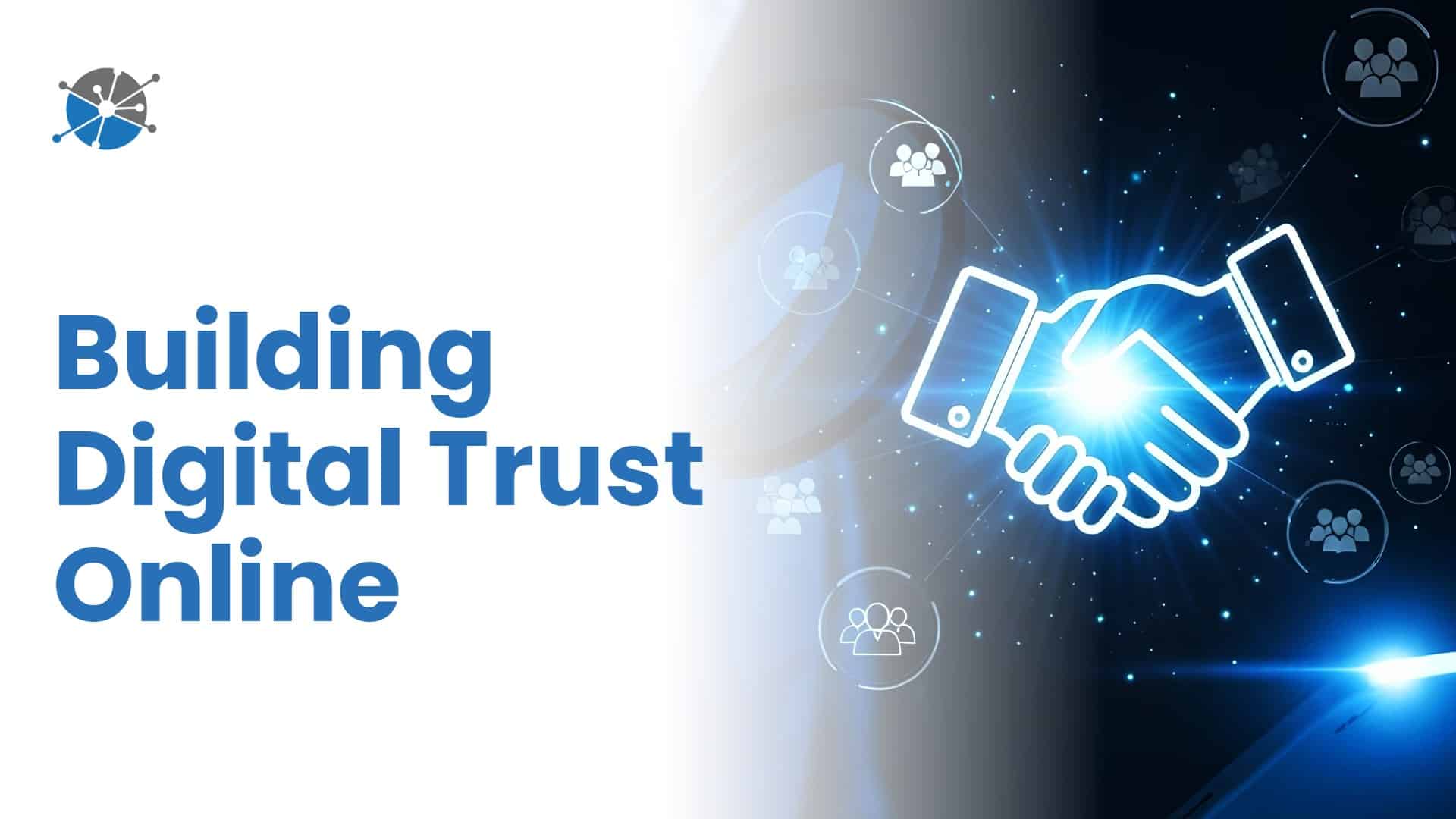
Can You Prevent Mother Nature from Raining on Your Revenue Cycle Operations?
In the aftermath of natural disaster, companies of all kinds contend with damaged physical assets and displaced workforces and clients. Companies may even face credit downgrades, chaotic operations and limited access to capital. In addition, supply chains can be disrupted, causing shortages and process integrity issues. In this context, a “head above water” mentality can take over and persist long after the disaster is over.
The Rev Cycle Must Go On
When the sky is blue and there’s not a disaster in recent memory, it’s easy to see why non-essential activities like disaster preparedness fall to the back burner. But the fact is, bringing in revenue is normally not something most companies can afford to pause. This is where businesses that have an enterprise continuity strategy in place stand out from those that don’t. Having a plan, an revising it periodically, increases the pace of recovery and helps improve preparedness with each passing storm.
Certainly, the physical results of disaster are often most obvious: buildings may be damaged, repairs can lag as insurance claims move slowly, and there can be theft and data breach linked to these problems. Natural disasters can also disrupt financial operations by delaying revenue cycle activities, though the effect can be mitigated with some advanced planning. What might that look like?
Evaluating Your Infrastructure Risk
One large, regional company, for example, was able to avoid significant disruption because it had diversified the geographic locations of its backup servers. For countless disaster-stricken businesses, having moved data centers to the cloud was essential to their response and recovery work. Other companies report that they had prepared their workers to seamlessly begin working from home, on secure, cloud-based virtual private networks, using their personal devices as part of their risk management and business continuity plan.
But it’s not just infrastructure that needs to be considered as part of a disaster plan. A cultural focus on clear lines of communication is essential in the aftermath of a disaster. Impaired communication has been associated with a negative change in post-disaster work standards, including delayed recovery, incomplete recovery, diminished resources, and lasting reputational damage.
Extra-sensitive post-calamity collections activity
Disaster or no disaster, collection activity should be agile and sensitive enough to prevent complaints, uphold and protect creditor reputation, and let customers know there’s a human decision maker behind the scenes. When calamity strikes, customer care, and consideration should be beyond reproach.
Identifying disaster-impacted zip codes, modifying contact strategies (calls, emails, text, IM, etc.), sizing up the impact, re-running forecasts—it must all be part of a documented plan to protect clients. Key business operations can and will continue, but appropriate protocols, empathy, and tact should always drive the plan of action.
A Playbook for All Seasons
The preparations necessary to protect revenue cycle activities after a natural disaster are significant. Organizations in all industries, and of all sizes, can create a simple, right-sized playbook that addresses important items, including identifying a multi-departmental disaster team that will:
- Quickly and accurately identify the geographic hit zone of the disaster.
- Evaluate the severity of the impact.
- Decide what kinds of concessions you’re in a position to make for late pays or those customers that are days away from a charge off.
- Know whether you have permission/consent to proactively text customers.
- Decide which kinds of contact you should refrain from, and for how long.
- Make sure everyone in your organization knows what to do next.
Because the nature, size, and scale of every natural disaster are different, having a rigid disaster playbook isn’t always realistic. However, it’s absolutely true that a disaster plan of some kind—housed in the cloud—would help most companies prepare, respond and recover from the worst of what Mother Nature sends our way.
This article courtesy of Cascade365.







